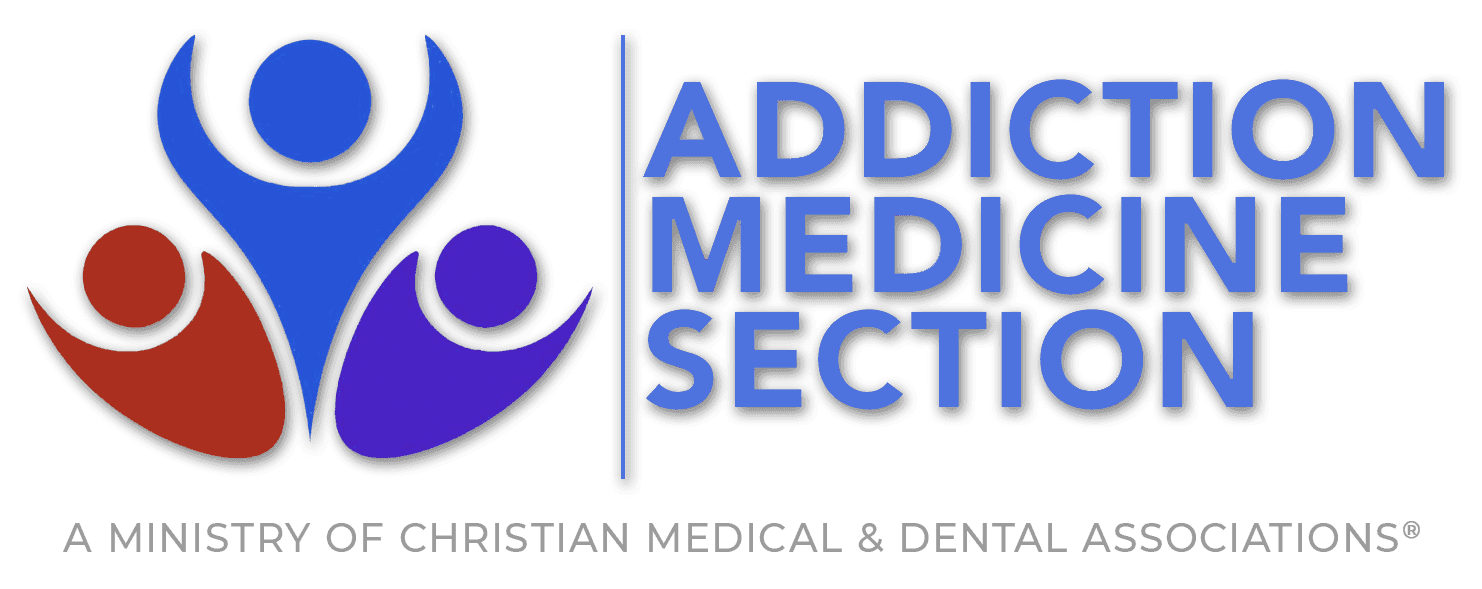Opioid and Substance Use Disorder Identification & Treatment
8 Hours CE Available (see below for continuing education information)
Review Date:10/5/2023
Release Date: 10/16/2023
CE Termination Date: 10/15/2026
8 Hours CE Available (see below for continuing education information)
Review Date:10/5/2023
Release Date: 10/16/2023
CE Termination Date: 10/15/2026

If you would like to support this and other initiatives by CMDA Addiction Medicine Section, please consider donating to our work here.
Also, to stay connected with CMDA AMS, please sign up for our newsletter here.
The Consolidated Appropriations Act, 2023 reauthorized major funding sources for substance use prevention, treatment, and recovery services and included three bills intended to facilitate the integration of behavioral health and primary care.
One of those bills is the MATE (Medication Access and Training Expansion Act (H.R. 2067 / S. 2235) Act, which requires all prescribers of federally controlled substances to complete 8 hours of training on treating and managing patients with opioid use disorder and other substance use disorder(s) and the safe pharmacological management of pain.
Beginning June 27, 2023, the MATE Act required that if a prescriber is licensed to dispense controlled substances in schedule II, III, IV, or V, that provider must undergo the eight-hour training course, effective the first applicable registration/renewal for the practitioner (unless the prescriber has already met the requirement). This course will fulfill the requirements.
List of Learning Objectives:
- Describe an appropriate strategy to initiate opioid therapy in an opiate naïve
patient. - Describe situations when discontinuation of long-term opioid therapy is appropriate.
- List the common signs and symptoms of opioid withdrawal.
- Discuss how to appropriately and safely taper patients off chronic opioid therapy.
- Summarize medical and legal concerns for prescribers to be aware of when prescribing opioids.
- Define pain.
- Describe the basic physiologic mechanisms through which the human body experiences pain.
- Identify the mechanism of action of opioids and the sites where they act to produce analgesia.
- Name four non-opioid classes of pain medication.
- List the stages of migraine headaches.
- State an appropriate approach to treating migraines.
- List three non-pharmacologic interventions that can help alleviate back pain.
- Discuss concerns pertaining to criminality and abuse that must be considered when treating pain.
- Define opioid use disorder; discuss current epidemiology of opioid use disorder.
- Identify best practice for treatment of opioid use disorder.
- Differentiate between 3 FDA-approved medications as to activity at opioid receptor sites.
- Describe clinical techniques for induction, maintenance, and discontinuation of buprenorphine.
- Utilize several evidence-based strategies to engage patients in treatment for opioid use disorder.
- Discuss several medication strategies to reduce craving and the harm caused by Alcohol Use Disorder.
- Describe application of dietary prevention advice to reduce liver inflammation in alcohol use disorder.
- Discuss the benefits of targeted use of Naltrexone in alcohol use disorder.
- Describe how science alone is inadequate in addressing the needs of people suffering from addiction.
- List practical steps that can be taken to incorporate both scientific and faith-based components into addiction treatment plans.
- Evaluate how to explore patient readiness to consider faith as an important component of addiction recovery.
Accreditation: Christian Medical & Dental Associations is accredited by the Accreditation Council for Continuing Medical Education to provide continuing medical education for physicians.
Physician Credit
The Christian Medical & Dental Associations designates this educational activity for a maximum of 8 AMA PRA Category 1 Credit(s)TM. Physicians should only claim credit commensurate with the extent of their participation in the activity.
Nurse Practitioner
The American Academy of Nurse Practitioners Certification Program (AANPCP) accepts AMA PRA Category 1 Credit™ from organizations accredited by the ACCME. Individuals are responsible for checking with the AANPCP for further guidelines.
NPs may receive up to 8 credits for completing this activity.
Physician Assistant
AAPA accepts certificates of participation for educational activities certified for AMA PRA Category 1 Credit(s)TM. by an organization accredited by the ACCME or a recognized state medical society. PAs may receive up to 8 credits for completing this activity.
Dental Credit CDE - Subject Codes Given per Course
Christian Medical & Dental Associations is a Nationally Approved PACE Program Provider for FAGD/MAGD credit. Approval does not imply acceptance by any regulatory authority or AGD endorsement.
1/1/2023 to 12/31/2026
Provider ID# 218742
8 Total Lecture Hour(s) Available.


Disclosures
Disclosures for all those in control of the content of this activity. The names of the ineligible companies (within the last 24 months) and the nature of the financial relationship(s). There is no minimum financial threshold. Disclosure of all financial relationships with ineligible companies regardless of the potential relevance of each relationship to the education.
Activity Planners, Faculty and CMDA CE Review Committee:
No relevant financial relationships were identified for any individuals with the ability to control the content of this activity.
ALL RELEVANT FINANCIAL RELATIONSHIPS WERE MITIGATED.
CMDA reserves the right to cancel credit at any time during the promotion or after an activity has been presented.
Disclaimer: The views and opinions expressed in this course are those of the speakers and do not necessarily reflect the views or positions of CMDA-AMS.
No relevant financial relationships were identified for any individuals with the ability to control the content of this activity.
ALL RELEVANT FINANCIAL RELATIONSHIPS WERE MITIGATED.
CMDA reserves the right to cancel credit at any time during the promotion or after an activity has been presented.
Disclaimer: The views and opinions expressed in this course are those of the speakers and do not necessarily reflect the views or positions of CMDA-AMS.